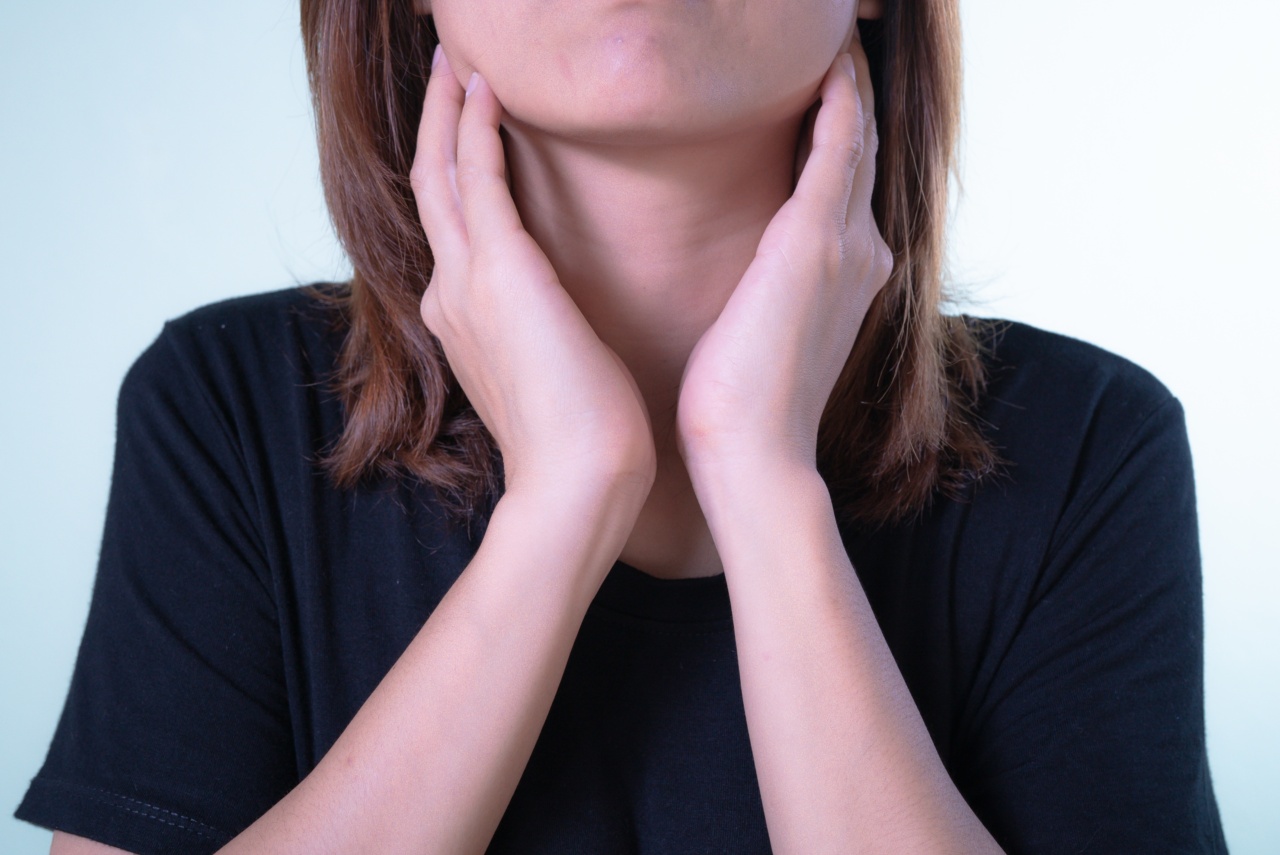Neck pain is a common problem that affects millions of people worldwide. It can be caused by various factors, including poor posture, injury, stress, and disease.
Whatever the cause, neck pain can be debilitating and can greatly affect your quality of life. In this guide, we will explore some of the top ways to deal with neck pain to get you feeling better and back to enjoying your life.
1. Identify the cause of your neck pain
The first step in dealing with neck pain is identifying the underlying cause of the pain. This will help you determine the most effective treatment options. Some of the most common causes of neck pain include:.
- Poor posture
- Injury
- Stress
- Degenerative conditions such as arthritis
- Herniated or bulging discs
- Poor sleeping position
- Torticollis, or wry neck
- Pinched nerves
- Whiplash
2. Stretch and exercise to reduce tension
Tension in the neck muscles is a common cause of neck pain. To reduce tension, it is important to engage in regular exercise and stretching. Exercise helps to strengthen the muscles in your neck and shoulders, reducing the likelihood of strain or injury.
Here are some exercises and stretches that can help to relieve neck pain:.
- Neck rotations
- Neck tilts
- Head lifts
- Shoulder rolls
- Arm stretches
- Chest stretches
3. Improve your posture
Poor posture is a leading cause of neck pain. To improve your posture, engage in activities that strengthen the muscles in your core, back, and neck.
Good posture can also be achieved through the use of ergonomic furniture and devices, such as standing desks, ergonomic chairs, and adjustable monitor stands.
4. Apply heat or cold therapy
Applying heat or cold therapy to the neck can help to relieve pain and reduce inflammation. Cold therapy is best for acute pain, such as that caused by injury, while heat therapy is better for chronic pain, such as that caused by arthritis.
Some effective heat and cold therapies include:.
- Hot or cold packs
- Heating pads
- Ice baths
- Warm baths
5. Use over-the-counter pain relievers
Over-the-counter pain relievers, such as ibuprofen, acetaminophen, and aspirin, can help to reduce pain and inflammation in the neck. These medications should be taken as directed, and you should talk to your doctor before starting any new medications.
6. Consider massage therapy
Massage therapy can be an effective way to reduce tension in the neck muscles and relieve pain. Massage can also help to improve circulation and reduce muscle spasms.
If you are considering massage therapy, be sure to choose a licensed massage therapist and talk to your doctor before starting any new treatments.
7. Try acupuncture
Acupuncture involves the insertion of thin needles into the skin at specific points on the body. This practice has been shown to be effective in reducing pain and improving overall health.
Acupuncture may be an effective way to treat neck pain, but you should talk to your doctor before starting any new treatments.
8. Sleep in the right position
Poor sleeping positions can cause neck pain or make an existing condition worse. To prevent and reduce neck pain, sleep in a position that supports your neck and spine. Consider using a pillow that supports your neck and keeps your spine aligned.
9. Visit a chiropractor
Chiropractors use spinal manipulation to treat a variety of conditions, including neck pain. Chiropractic care can provide relief from pain and improve your overall health and well-being.
If you are considering chiropractic care, be sure to choose a licensed practitioner and talk to your doctor before starting any new treatments.
10. Practice meditation and relaxation techniques
Stress and anxiety can cause tension in the neck muscles, leading to pain and discomfort. To reduce stress, practice relaxation techniques such as deep breathing, meditation, or yoga.
These practices can help to reduce tension and improve your overall health and wellbeing.
Conclusion
Dealing with neck pain can be frustrating, but there are many effective treatment options available.
By identifying the underlying cause of your pain and incorporating some of these techniques into your lifestyle, you can reduce pain and improve your quality of life.






























